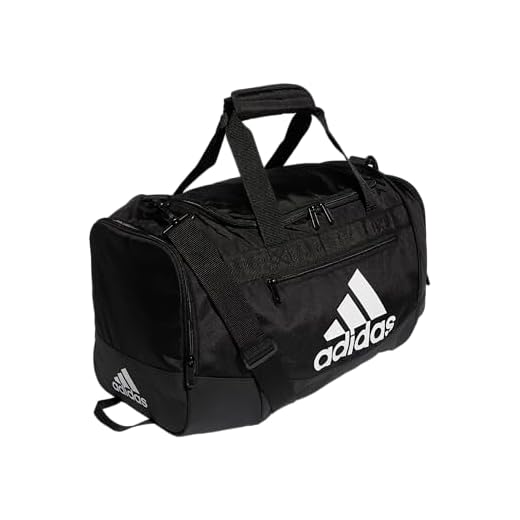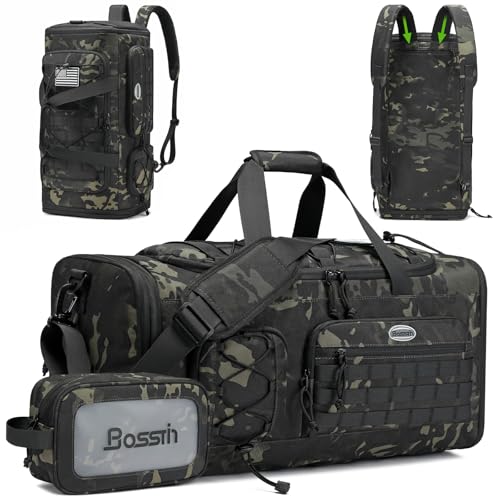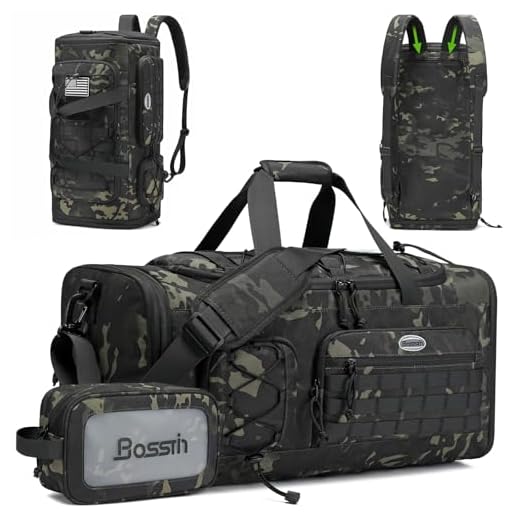





Empty suitcases or backpacks can be transformed into tools of hope for children in temporary care. Reach out to local community centers or agencies that specialize in assisting these youngsters to find out their needs and specific requirements.
Consider organizing a collection drive within your neighborhood or workplace. Clearly communicate what types of bags are being sought and specify any additional items that could enrich the contribution, such as toiletries, school supplies, or comforting toys. Highlight the importance of cleanliness and quality in the items offered.
Establish connections with organizations that partner directly with children seeking stability. These groups often have established protocols and can facilitate the transition from your hands to those of the children in need, ensuring that your contributions make a direct impact.
Sharing your cause on social media can also inspire others. Use local community groups to rally support and raise awareness about the specific challenges faced by these young individuals. The more visibility given to the issue, the greater the potential for collective action to help fill the gaps in their lives.
Steps to Provide Suitcases for Youth in Care
Connecting with local organizations dedicated to assisting youth in temporary placements can streamline the process. Research area nonprofits or social service agencies to identify those that accept bags and travel gear. Verify their requirements for contributions, such as condition and type of items preferred.
Packaging and Preparing Contributions
Ensure each travel item is clean and in good repair. Consider including a few essentials, like toiletries or age-appropriate clothing, to add value to your offering. Seal everything securely and label each suitcase with a note of encouragement for the recipient to uplift spirits.
Organizing a Collection Drive
Engage your community by establishing a collection event. Utilize social media platforms to generate awareness and prompt participation. Partner with local businesses to create drop-off locations, making it convenient for individuals to contribute. Provide clear guidelines on what items are needed most to optimize the collection efforts.
Understanding the Needs of Children in Temporary Care
Providing appropriate support requires awareness of specific needs. Children in temporary living situations often face instability and emotional challenges. Recognizing this can guide you in contributing effectively.
- Personal items: Many lack basic belongings such as clothing and hygiene products. Offer age-appropriate essentials that give them a sense of ownership.
- Emotional support: Transitioning between homes can be stressful. Items that foster comfort, like stuffed animals or blankets, can help alleviate anxiety.
- School supplies: Access to educational materials is vital. Ensure donations include notebooks, pens, and backpacks to facilitate learning.
- Recreational activities: Encourage engagement with toys, games, or sports equipment. Such items promote social interaction and physical activity.
- Safe storage: Many children move frequently, making it essential to have reliable means to keep their belongings safe and organized.
Understanding these aspects helps in providing thoughtful contributions that cater to the unique experiences and needs of each young individual in transitional settings.
Choosing the Right Type of Luggage to Donate
Select hard-shell cases for better protection of personal items. They offer sturdiness against physical impact and are more likely to withstand rough handling during transportation.
Opt for lightweight models to make it easier for recipients to carry their belongings. Bulky, heavy bags can be burdensome and discourage usage.
Consider the size of the bags; medium-sized options are often ideal. They provide enough space for essentials without being overwhelming.
Look for bags with multiple compartments. These features promote organization and make it simpler for youth to keep track of their possessions.
Pursue options with easy-open zippers or clasps, ensuring accessibility for those who may not have the means to manage complicated fastenings.
Favor stylish designs or colors, since aesthetics may boost a sense of pride in ownership. Engaging styles can uplift spirits and make transitioning smoother.
Check for durability; quality materials are necessary for withstanding everyday use. Avoid bags with visible wear and tear or damaged components.
Examine any detachable parts, such as wheels or straps, which enhance the usability of the item and provide flexibility in carrying.
Finding Local Organizations Accepting Contributions
Identify local charities and nonprofits that focus on supporting vulnerable groups. Check their websites for donation guidelines and contact information. Many organizations may have specific programs aimed at assisting young individuals in transition.
Utilize online platforms like Facebook Groups or Nextdoor to connect with community members who can share recommendations for nearby organizations. Engage with local social service agencies, as they often collaborate with groups that can repurpose your items effectively.
Reach out to schools, community centers, or religious institutions, as they frequently partner with organizations that serve underprivileged groups. They may also host donation drives or have connections to families in need.
Explore national organizations with local chapters, such as the Salvation Army or Goodwill, which may have specific initiatives targeting at-risk youth. Contact local branches directly to ensure your items can be utilized appropriately.
Consider verifying the organization’s tax-exempt status to ensure your contribution is going to a reputable cause. This also allows you to obtain receipts for potential tax deductions.
Preparing Your Luggage for Donation
Ensure your suitcase is clean and in good condition. Wipe down the exterior with a damp cloth and check for any damages like broken zippers or cracked frames. If repairs are needed, consider fixing them prior to giving away.
Empty all contents and inspect interior pockets. Remove any personal items, tags, or stickers that may identify you. This step helps maintain privacy and prepares the bag for a new owner.
Organizing Items Inside
If including accessories such as toiletries or blankets, place them neatly inside the bag. Use resealable bags for small items to keep everything contained. Ensure items are safe and appropriate for the receiving organization’s guidelines.
Labeling for Clarity
Affix a tag on the handle indicating the contents if including additional items. This provides clarity to the organization receiving the suitcase, aiding them in distribution. Avoid attaching personal information to ensure confidentiality.
Consider donating with a heartfelt note or motivational message to encourage the recipient. This personal touch can uplift spirits as they transition into a new environment.
Creating Awareness About Your Donation Drive
Utilize social media platforms to spread the word about your initiative. Create engaging posts that highlight the impact of your contributions. Include stories or testimonials from individuals who have benefited from similar efforts, making the cause relatable and urgent.
Leverage Local Media
Contact local newspapers, radio stations, and community bulletins to share your campaign. Offer to provide interviews or write guest columns that articulate the significance of providing support to these vulnerable individuals. This exposure can significantly increase participation in your initiative.
Engage with the Community
Organize events such as informational workshops or community gatherings. Collaborate with schools, churches, and community centers to present your mission. Distribute flyers and brochures that detail how people can get involved. This grassroots approach fosters a sense of community ownership and encourages collective action.
| Awareness Strategy | Description |
|---|---|
| Social Media Campaigns | Create posts with impactful stories and images to attract attention. |
| Local Media Outreach | Engage journalists to cover your initiative for broader reach. |
| Community Events | Host gatherings to educate and inspire local individuals to participate. |
Consider working with influencers who resonate with your cause. Their endorsement can amplify your message, reaching audiences that may be unaware of the need for assistance. For instance, a collaboration with influential figures in photography may include a focus on capturing events with best digital camera binoculars for photography to create captivating content that promotes your drive.
Following Up and Supporting Youth Beyond Contributions
Engaging with youngsters transitioning through care requires more than just contributions. Establishing long-term connections can significantly enhance their stability and emotional well-being.
Stay Connected
- Follow up after your initial support to understand how your contribution has impacted their lives.
- Attend events organized by local agencies, which often provide updates on the individuals they serve.
- Utilize social media to keep in touch and stay informed about community initiatives.
Offer Your Time and Skills
- Consider volunteering for mentoring programs, which provide essential life skills and encouragement.
- Organize workshops or activities around topics like career planning or educational assistance.
- Share your expertise by hosting informational sessions on resume writing or interview techniques.
In addition to practical support, fostering a sense of belonging is crucial. Creating community around shared experiences benefits both the individuals and volunteers alike.
For practical carrying solutions, look into well-regarded options such as the best mini backpack for moms or the best bag for wet gym clothes, which can be useful for various needs.
Ultimately, your ongoing involvement can profoundly affect their lives, leading to stronger outcomes as they navigate through their unique paths.








